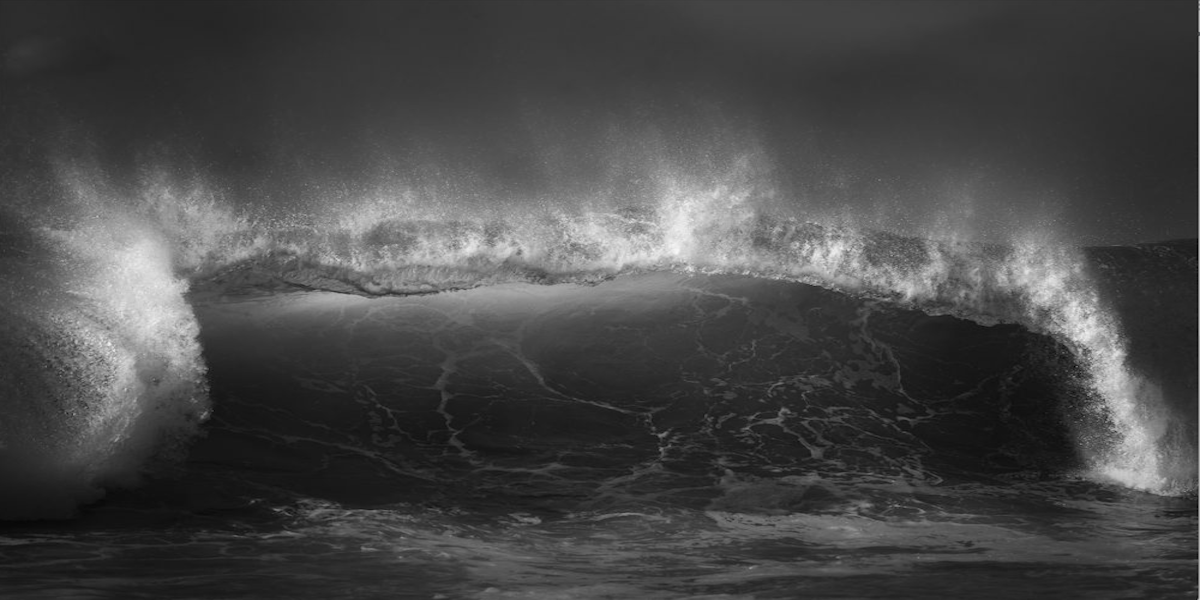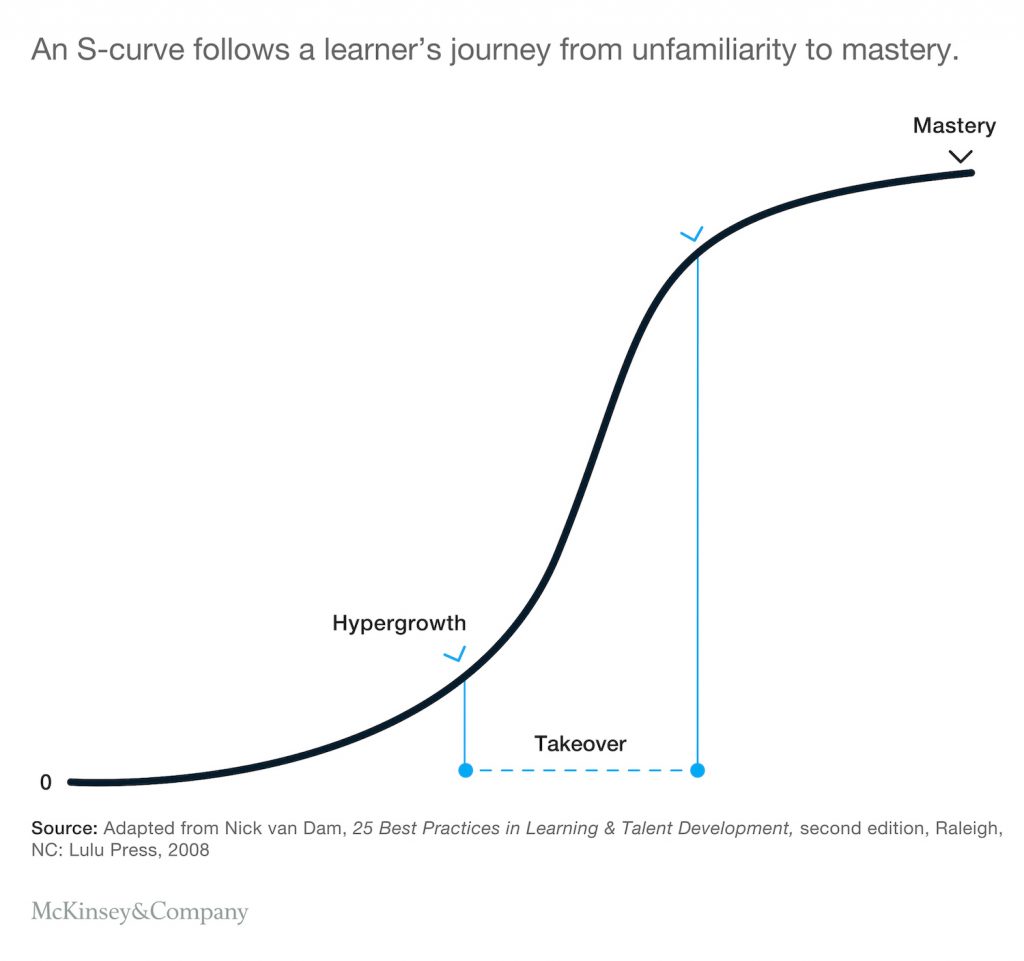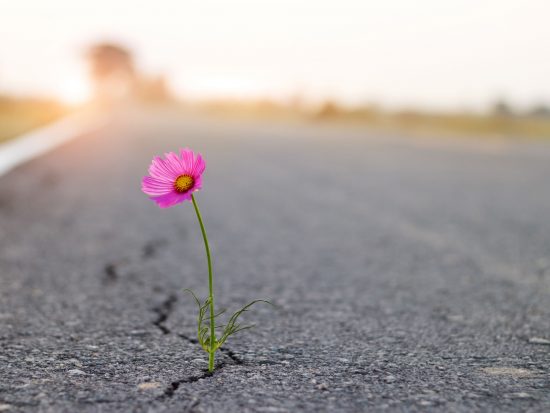
When everything is in chaos, what do you focus on? Your lack of control? Trying to control everyone else?
Formula one race drivers know that if you look at the wall, you’ll hit it. The same applies to your coping skills during the pandemic. Getting through in one piece requires you to create your own order. If, like a friend of mine, you become fixated on the fellow in the grocery store who’s opening all the egg cartons – you’ll feel enraged and powerless. If, however, you choose to turn toward the deeper learning that is showing itself to you, you will profoundly affect your experience.
The COVID-19 virus has thrown us all to the bottom of what is known as the S curve. (see below) At the bottom of the learning curve, we feel inept and unskilled at doing the things we’re being called to do. We have no skill set, nor frame of reference. We’re all swinging from fear to gratitude, confusion to clarity, and disorder to routine — sometimes all in one day. One moment we feel very proud of ourselves for how we are coping, and the next we find ourselves quivering with fear. This is the very definition of chaos.

And chaos can be the starting point for something you had not thought possible before. When all your feel-good tools have disappeared during the restrictions of a lockdown, you are left with YOU and a beautiful opportunity to do the deeper learning you may have otherwise avoided.
If we use the S curve as a guide during this time, we see that our only way through is through. We can’t go around.
Yes, I’m ready
Moving Through the Fear
How do we walk directly into the storm, when every part of us wants to run in the other direction?
Your first step is to remember that fear plays a valuable role in your life and that there are also times when it will not be serving you well. During the pandemic, it keeps us six feet apart on the streets and staying at home when we’d rather be at a concert. But it stops being helpful when it causes us to contract and react. We feel stuck, frozen and small — so we start chasing after anything we think will help in the moment, including binge-watching the news, overeating, or even micromanaging our partner’s hand washing habits.
You don’t want to feel afraid, so you look for Certainty and Predictability in these behaviours. But C and P are first cousins to fear. They keep you locked in a dance of bargaining: “If only I could count on keeping my paycheck, I will be ok. I’ll be ok once there’s a vaccine. If I can get my kids on a routine we’ll all be ok.” But you never get ‘there’ and you still feel afraid.
To find what is more important than fear, you need to go inward — with curiosity and a sense of possibility.
Fear vs. Growth

Here’s where you get to find something profound in the middle of the fear. If you want to feel better, you need to choose calmness, clarity and compassion. This peace is like the calm at the bottom of the ocean. It is always there — underneath the stories and waves of fearful thoughts. Stand up for yourself.
No matter how afraid you may be feeling, you can create meaning out of something that otherwise appears harsh and random.
Your Lesson plan for Meaning
1. Create Your Inner Framework for Meaning
Meaning is what makes us feel ordered and secure. It gives us a framework, a place to start and return to when things feel confusing.
Create your inner framework and you will have found a compass to guide you. Decide whether fear will be your default, or this new way of being. What will be your guiding principles? How do you want to be – inside?
2. Decide What Inner Resource You Want to Develop
To feel calm and centered you may ask: What skill do I need to learn to cultivate this state of being? How will I help remind myself to go there? What is my way back to it when I feel lost?
To feel more peace, you may ask: How can I take my experience and integrate it into a coherent whole? Where in my life do I already create inner peace?
To feel more confident you might ask: How can I remember to see my power when I feel small? What language will I use to support myself in feeling my power?
To be more present and open – even during this time, you might ask:
“How will I back up my commitment to being present? What will bring my body back into the present moment? What beauty is here in this moment?
3. Make Sure You’re Fighting the Right Battle.
If you’ve identified the resource you want to develop and then find you’re going in circles, ask yourself: Do I really want it? What else do I want more?
If you’re feeling stuck, this could be an indicator that you’re working on the wrong objective. If you focus all your energy on being more productive, you’ll be DOING instead of BEING — and you’ll miss the deeper learning available to you. Your productivity will never be enough so long as you see everything you do as ‘less than’.
4. Roll With Uncertainty
Choose to build the muscle for tolerating uncertainty. Learn to bend with it. Adjust your perspective from what you don’t know to what you DO know. Return to the present moment over and over again and as often as is needed.
The present moment is always much more tolerable than we think it is. In the present moment, we can experience some measure of peace and calmness – no matter what is going on.
Be That Person Now
There is no need to wait to become your highest self. YOU aren’t in the far-off future. You’re here, NOW. How much do you want to live, love and be?
Who do you want to be right now?
Be that.
Yes, I’m ready




 What is ADHD?
What is ADHD?



